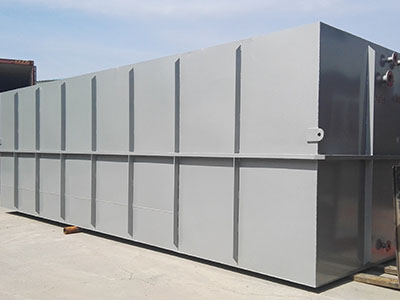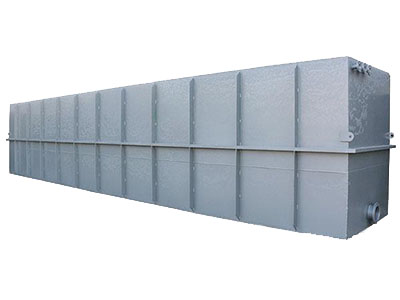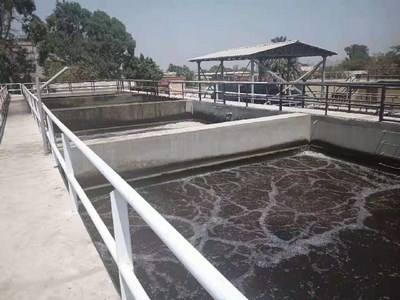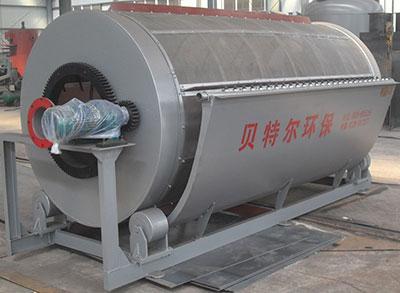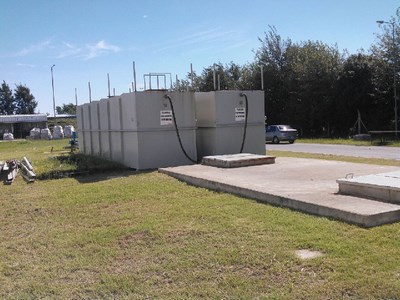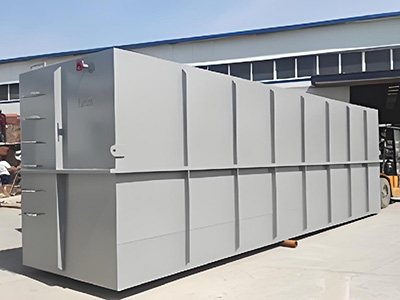For over 18 years, we have been engaged in the environmental protection industry with the development and production of our wastewater treatment equipment. We provide customers with high quality wastewater treatment solutions for dealing with residential wastewater, hospital wastewater, industrial wastewater, and more. To complete effective sewage and wastewater treatment jobs, we offer comprehensive wastewater treatment plants for our customers. We have sold wastewater treatment equipment to customers in Japan, the Netherlands, Russia, and many other countries around the world. Here you will see some examples of our wastewater treatment solutions.
